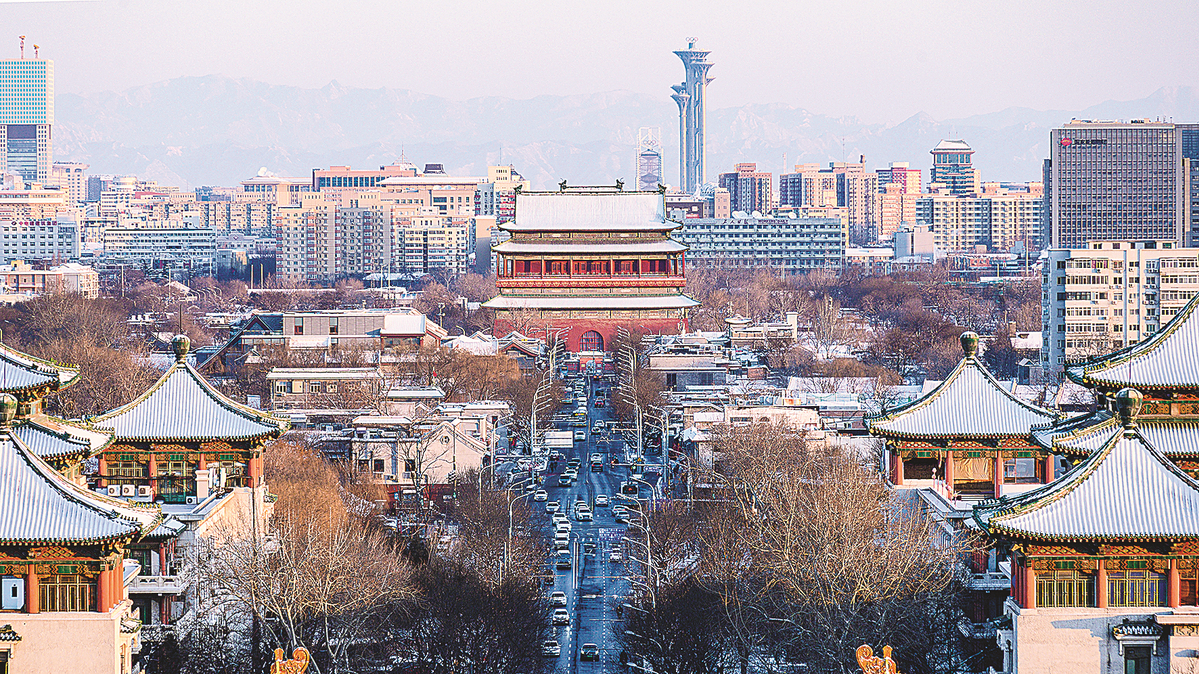Core route taken to showcase Beijing's history


Capital has much to gain if central axis is granted World Heritage status
When deciding on popular spots to visit in Beijing for a taste of the city's history and culture, the Temple of Heaven, the Forbidden City, the Imperial Ancestral Temple and the Qianmen area are among those that usually spring to mind.
All these venues are located along the Chinese capital's central axis, for which the municipal government is now seeking UNESCO World Heritage status.
Wang Yuanlong, 31, a market manager who has lived in Beijing for eight years, said: "To be frank, I don't often go to those places along the central axis because they are a bit too far from my workplace and home. But every time my family and friends from outside Beijing come to the city, I take them to Tian'anmen Square, the Temple of Heaven and the Forbidden City.
"It feels as if all the significant architecture in Beijing is situated along or near the central axis. No matter how big the city grows, the axis is an 'invisible root' linking tradition and fashion, ancient and modern."
Wang said it is good news that the municipal government is applying for World Heritage status for the axis.
"I used to go to the Dashilar area near Qianmen a lot during my spare time. This area lies along the central axis, and I like the nearby old alleyways, or hutong," he said.
"However, the area has gradually become more commercial-in a negative way to my mind. I think it would have been better for it to be less commercial or to retain more of its original flavor to attain World Heritage status."
With a history of more than 750 years, Beijing's central axis stretches 7.8 kilometers from the Bell Tower and Drum Tower in the north to Yongdingmen in the south. It includes buildings from the Yuan Dynasty (1271-1368), Ming Dynasty (1368-1644) and Qing Dynasty (1644-1911). Other significant structures are located along the axis and its extensions, such as the National Stadium, also known as the Bird's Nest, in the north and Beijing Daxing International Airport in the south.
It is widely known that World Heritage status is being sought for the axis, as the draft application text was submitted to the UNESCO World Heritage Centre for review ahead of schedule, but few people know that the municipal government first proposed this idea in 2009.
In 2011, the local authorities started work on protecting key cultural relics along the axis. Seven years later, overall planning guidance for Beijing was published, which included the application for World Heritage status for the axis as a strategy for the capital.
Overall city planning guidance for streets and blocks was issued in 2020, making clear that the axis represents national culture.
In tandem with the application, in recent years the city government has strengthened protection of cultural relics, vacated historic buildings and improved the environment along the axis.




